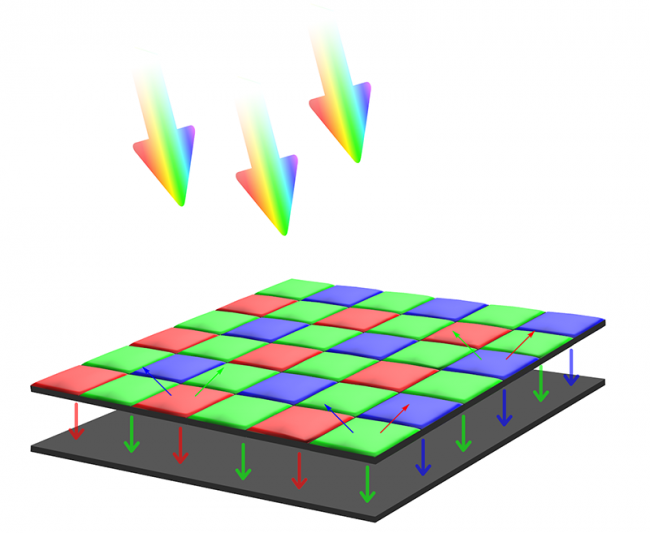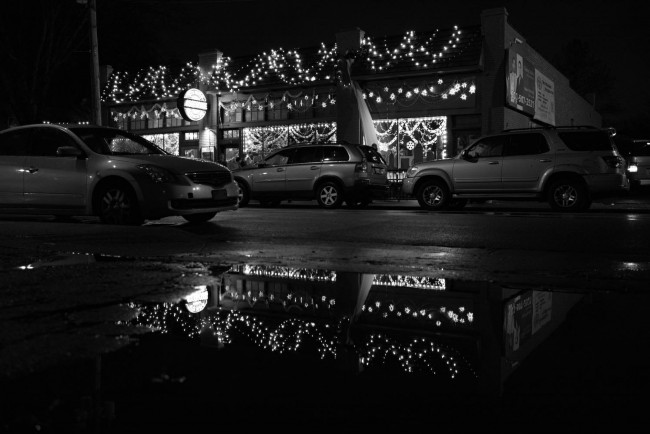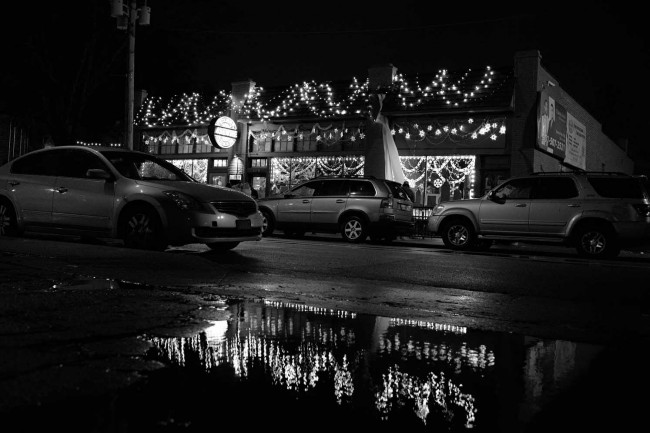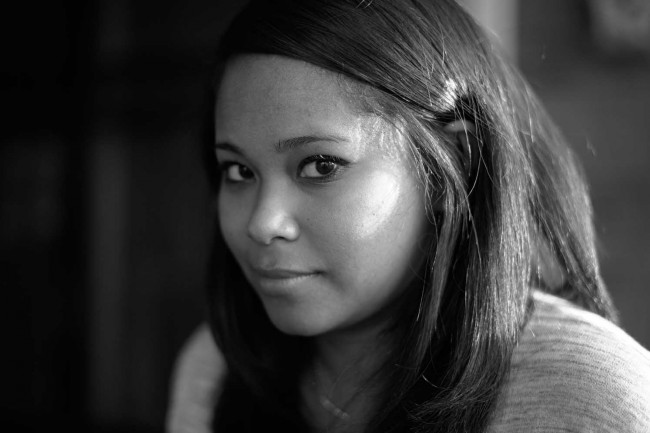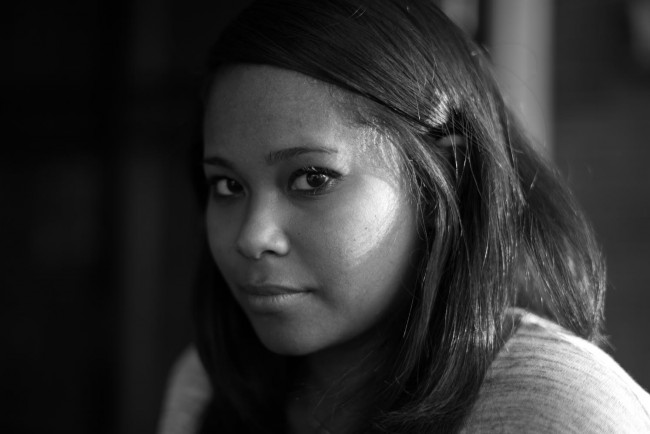Equipment
Comparing the Leica Monochrom to a Sony a7R II
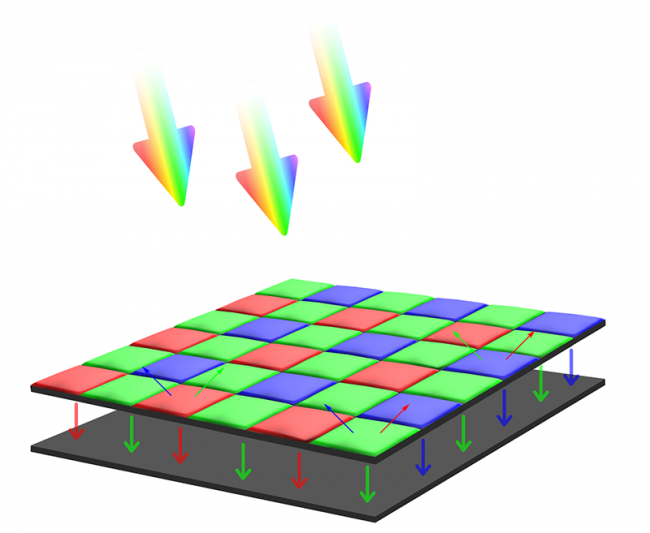
What Is A Monochrome Sensor And Why Does It Exist?
Leica cameras have always been exciting to me. I think it’s mostly because of how expensive they are. Holding and using something incredibly out of my budget gives the shooting experience a little extra magic. But even with that magic, I normally pass over them to rent something more practical. When the original Leica M Monochrom camera came out in 2012, I, and others around the office thought it was interesting. But why make an $8000 camera that can’t even shoot color photos?
The idea is that the sensor will yield a more detailed image, and perform better in lower light. To explain simply, each pixel on the Monochrom sensor is capturing light and only reading luminance values. A pixel on a color sensor is reading light that has been filtered by using color filter array (CFA) to distinguish between green, red, and blue. You can see in the illustration below the grid pattern normally used, with each photosite only recording one color. By removing color from the equation, all the light is hitting the sensor uniformly, and can lead to a more detail captured.
I don’t want to debate whether or not a monochromatic sensor can render more detail. I will leave that to the comments section. I’m simply curious if there is a noticeable difference when compared in the normal mediums in which we view photographs; especially considering the resolving power of recent cameras. To find out, I’ve taken side by side photos with the Leica M Monochrom (Typ 246) and the Sony Alpha a7R II and blind tested some people in the office. I wanted to know if they would be able to tell which camera costs roughly $5000 more and has the dedicated monochrome sensor. The cost difference doesn’t matter so much when you can rent, but it’s an interesting factor to consider. I also want to note that this is not a technical comparison. These images were taken in real world situations with cameras that have different metering systems. Multiple exposures were taken of each image to ensure the closest visual match. The lenses used are the Leica 35mm f/1.4 Summilux M ASPH II and the Leica 50mm f/1.4 Summilux ASPH.
Let me introduce the panel of experts.
 |
Leica shooter and owner of an M9, Zeiss certified, BFA in Photography, Lensrentals Repair Manager, Expert in all things photography |
| Aaron Closz | |
 |
Leica and Sony Shooter, Senior Lensrentals Technician, walking encyclopedia |
| Joey Miller | |
 |
Co-Owner of Lensrentals.com, not a photographer, extreme skeptic |
| Drew Cicala | |
What Are We Looking For In This Comparison?
Aaron: We should be seeing finer detail out of the Leica because it’s not interpolating the information. Essentially each pixel site is recording the luminance value hitting it …and that’s it. Whereas with the Sony, we are going to get luminance values of three different pixels mixed together to give us the information. So we should technically be able to see a higher resolving power from the Leica. How that is translated into bokeh when shooting with narrow depth of field I am curious to see. I would imagine it’s different but very difficult to tell the difference in the out of focus areas between the two. It’s going to be a matter of finding where we can see the – as opposed to your general contrast which is what we are going to see here- see if there is a difference of how smooth or harsh something might look. There should also be an interesting difference in how it is translating the colors.
Aaron continues to share his thoughts on doing a comparison like this one.
Aaron: People are always wondering why people would pay this much for a Leica and why they can charge so much, but typically if you are the person doing these things you aren’t questioning it. You understand why you are willing to do it. You aren’t just buying into a philosophy- it’s a philosophy you are pursuing yourself.
Drew: There is that but like most things- that’s the reason people started doing it but it’s not why most people do it now. It’s like buying a Maserati.. it costs 15 times more than your Ford Focus but only goes twice as fast. It’s twice as good at this one specific thing but it costs 15 times more and it does literally everything shittier. You’re more uncomfortable, you can’t store anything in it, you can’t strap your kids in the back seat but it does this one thing twice as good as the average car. So for people that really care about that and that’s what matters to them more than anything else- it’s worth the money. But for every person that does it for that reason, there are 20 people who buy it because they are willing to overpay to get the best possible thing and status symbol. They don’t actually care that they have a fast car, they care that they have a Maserati. And Leica is the same thing. Because you know, If I’m willing to overpay in this one narrow area it shows I’m a high-end consumer. And a lot of those people have a Maserati because it goes really fast, but guess what, they have another car to go to the grocery store. And when they just need color pictures of their kids they have something besides the Leica Monochrom for that.
Is there a noticeable difference? Here are the images.
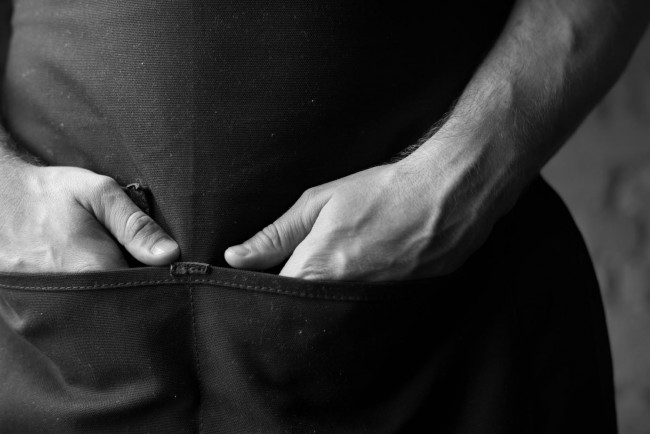
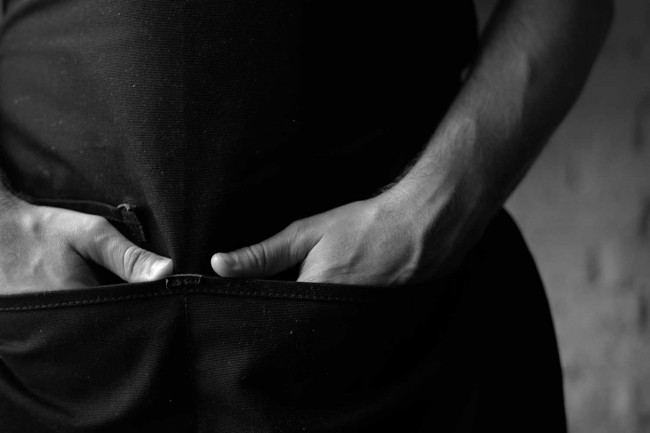
Drew: I’m going to say the left one is the Leica. It seems to have more in focus.. or resolving more.. or more contrast. I’m just guessing that one is the Leica.
Joey: I think I’m the opposite, I think the one on the right is the Leica because I think it has smoother transitions from highlights to shadows.
Aaron: Yeah…I think I have to agree with Joey. It’s the amount of contrast and again, how smooth it is in the highlights. I’m also looking at the noise here in the background and if we are at that high of an ISO.. it just looks more smoothed out on the left. The slight exposure differences are a bit funky. I’m wondering how different the metering is.
(Answer: Left: Leica M Monochrom (Typ 246), Right: Sony Alpha a7R II)
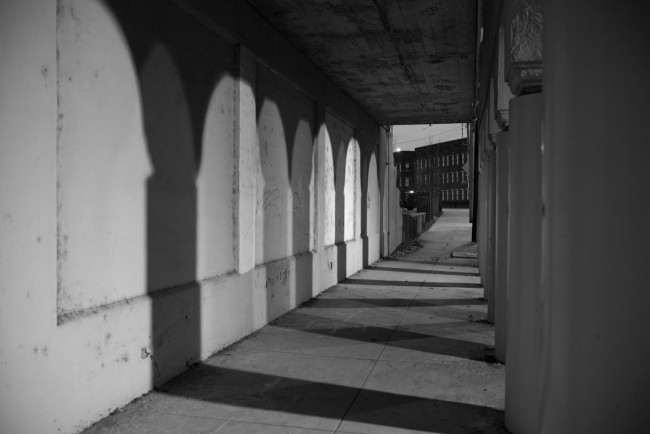
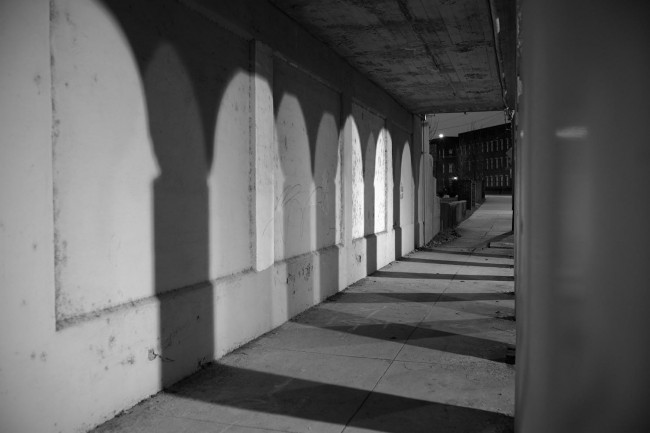
Drew: I guess the one on the left is Leica. Just looks more like a Leica to me. From what I see from Leica images, it looks more like that. I don’t know if this means anything…because I’m not one of you people, but it’s interesting to me that the foreground is much brighter but the background is much darker in one image.
Aaron: Yeah, that’s very interesting.
Joey: I’m going to say the one on the right is the Leica. There are more controlled highlights, and again, slightly higher contrast.
Aaron: Hmm.. are they focus in the same area?
Joey: Looks only slightly different. I like this a lot.
Aaron: I almost want to say the left one is the Leica. This one is really tricky. I get more detail out of the left one. hmm.. Yeah, going Lefty.
(Answer: Left: Leica M Monochrom (Typ 246), Right: Sony Alpha a7R II)
At about this time Drew checked out because he has a business to run. It is very interesting though that he has guessed each comparison correctly over the Leica experts. Maybe they are overthinking it?
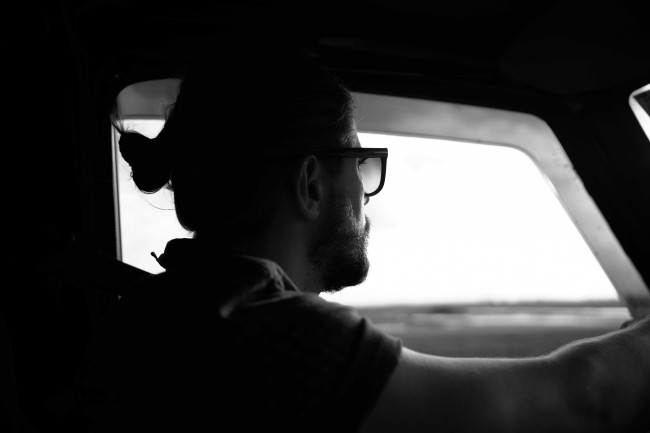
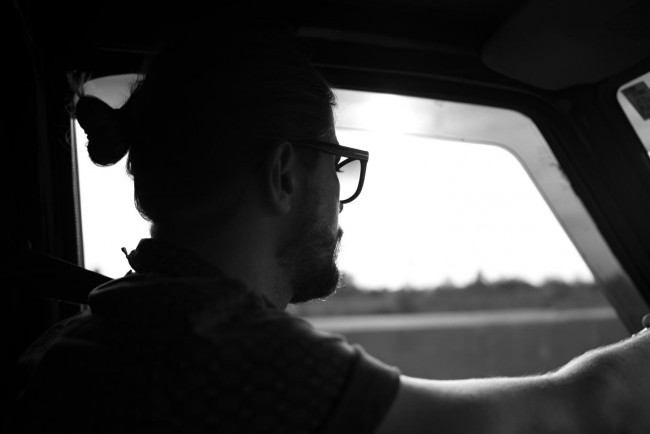
Joey: I think I gotta go with the one on the left as the Leica. Looks more detailed. Smoother transitions.
Aaron: The left one is crisper.
Joey: Wait, does that look like purple fringing? but not purple- around the collar…
Aaron: Yeah… it’s only on one of them
Joey: I may switch my answer…hmm…no I’m sticking with Leica.
Aaron: yeah me too…I think the right one is Mr. Leica.
(Answer: Left: Sony Alpha a7R II, Right: Leica M Monochrom (Typ 246))
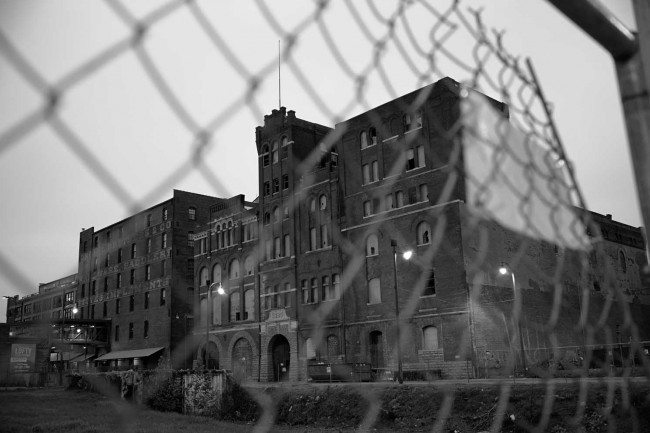
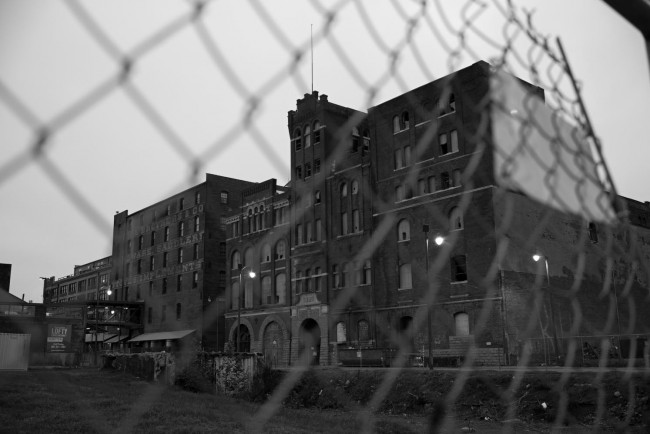
Joey: One on the Right is the Leica.
Aaron: The right one is Leica.
(Answer: Left: Sony Alpha a7R II, Right: Leica M Monochrom (Typ 246))

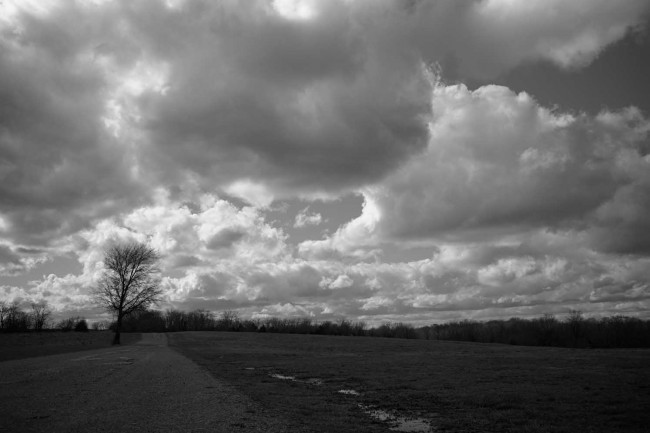
Joey: I’m going right [for Leica], more controlled highlights, more detail.
Aaron: Yep, me too.
(Answer: Left: Leica M Monochrom (Typ 246), Right: Sony Alpha a7R II)
Joey: I’d say the right is Leica.
Aaron: I agree. The dynamic range seems better in the photo on the right.
(Answer: Left: Leica M Monochrom (Typ 246), Right: Sony Alpha a7R II)
The exposures on this set are slightly different. When Shooting, the light was changing a lot and when set to the same exposure I was getting different results on each camera.
Joey: Ok I think the left is Leica. Wait, no… The one on the right
Aaron: I think its right as well. Lefty looks noisier. I think I’m going back on myself… I find myself looking at different things each time. Detail.. texture.
Joey: so the obvious answer is.. does it matter? We have side by sides… if we were just given an image would it matter?
Aaron: I think if you are noticing something consistently with a particular set up it’s not going to matter as long as you like what you are getting.
Joey: It’s like picking your film stock.
Aaron: Sometimes you will get more appealing results with one setup…I’ve only ever seen Monochrom images that are extremely contrasty to the point where they look grainy. I don’t know if I’m confronted more with imagery that has been processed. I haven’t used the particular camera a lot to know what image comes straight out of it. I almost expect that over exposure.
(Answer: Left: Sony Alpha a7R II, Right: Leica M Monochrom (Typ 246))
——
This is what Joey and Aaron had to say after I showed them the answers to each comparison.
Joey: I wonder if the Sony has a better dynamic range… I think I know what camera I’m going to buy now.
Aaron: I’m curious to see the original color images to see how each color translates.
Joey: I prefer the Sony. Though, I would be interested to see a comparison at ISO 25000. I’d like to check for banding. Personally, I prefer the Leica in some of them. I thought the skin tones in the portraits looked better. I’ve always come from the standpoint of the tool being the least important part; never geeked out on expensive equipment. I assumed the Leica Monochrom would be better and I think it’s definitely more fun to shoot, but the Sony did outperform in certain situations.
Aaron: I prefer the simplicity of the Leica and I’m engaged with the things that matter most, I’m not doing anything else with a Leica camera but making photographs. Bottom line, shoot with what inspires you and excites you and makes you want to shoot.
I think it depends on your intent. I really believe that the print would be better with the Leica, but it’s something we would have to test. Just because from a technical standpoint, we should get a cleaner, finer resolution on the Leica. I’d be very curious.
Joey: But does the resolution bump on the Sony make up for it?
Aaron: That’s an interesting way to look at it.
Joey: They may be neck and neck.
Final Scores: Drew: 2/2 Joey: 2/7 Aaron: 4/7
Conclusion
While the reasoning behind the experts’ guesses was sound, it was often wrong. I did find the note of possible fringing in the third comparison to be a great observation, but surprisingly it wasn’t enough to tip the panel in the correct direction.
After sharing this comparison and getting feedback, I think it would be very helpful to see how the cameras would react differently in extreme color conditions such as a bright red sunset or extreme high ISO (25000). It may just be that the Leica Monochrom is only a better tool for certain situations. So much better that we could tell the difference? It doesn’t seem so.
What are your thoughts on this comparison? How many answers did you guess correctly? We would love to hear your opinions in the comments below.
Sarah McAlexander
Lensrentals.com 2016
Author: Sarah McAlexander
I’m Sarah. I have a BFA in Photography from the University of Memphis. I’ve been shooting professionally for over 6 years. When I’m not working here or freelancing, I enjoy yoga and traveling.
-
RandomCameraInfo
-
RandomCameraInfo
-
James Clark
-
James Clark
-
James Clark
-
drDave Elliott
-
Guilherme Mauricio
-
Theorist
-
TCav
-
VPR
-
Jo Brodsky
-
Chas Herren
-
Mark Cho
-
Paul Menard
-
Mr Will
-
Lee
-
James Sarrett
-
DISQUS
-
DISQUS
-
taildraggin
